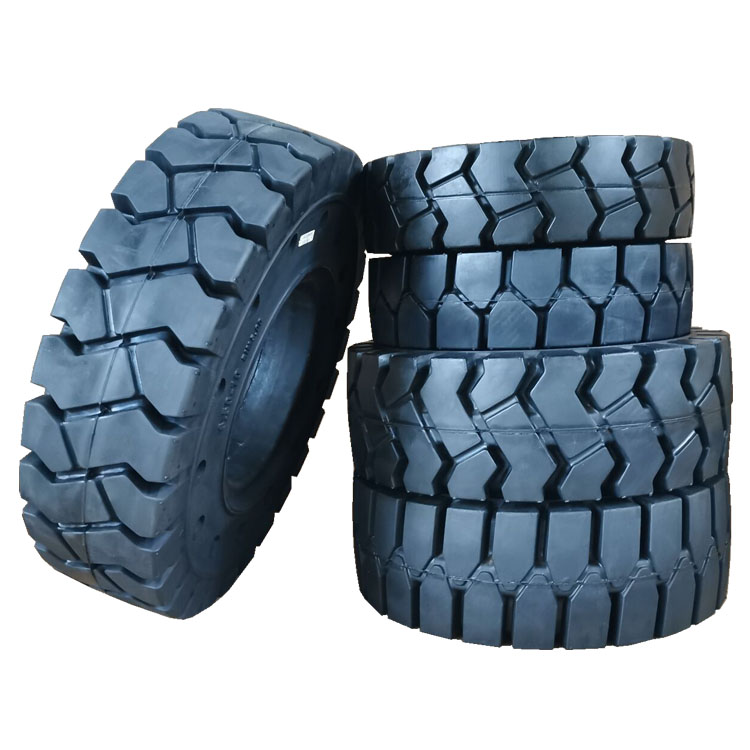When a vehicle is in motion, the tires are the only part of it that touches the ground. Solid tires used on industrial vehicles, whether forklift solid tires with heavy travel, wheel loader solid tires, or skid steer solid tires, port tires or less traveled scissor lift solid tires, boarding bridge solid tires, as long as the movement , it will generate heat, there is a heat generation problem.
The dynamic heat generation of solid tires is mainly caused by two factors, one is the heat energy generated by the tires in the cyclic flexural deformation when the vehicle is running, and the other is frictional heat generation, including the heat generated by the internal friction of the rubber and the friction between the tire and the ground. This is directly related to the load, speed, driving distance and driving time of the vehicle. Generally, the greater the load, the faster the speed, the farther the distance, the longer the running time, and the higher the heat generation of the solid tire.
Since rubber is a poor conductor of heat, solid tires are all made of rubber, which determines its poor heat dissipation. If the internal heat accumulation of solid tires is too much, the tire temperature will continue to rise, rubber will accelerate aging at high temperatures, performance decline, mainly manifested as solid tire cracks, falling blocks, tear resistance and wear resistance decreased, severe cases lead to tire puncture.
Solid tires should be stored and used in strict accordance with the requirements to extend their service life and improve the efficiency of the vehicle.
Post time: 14-11-2022

